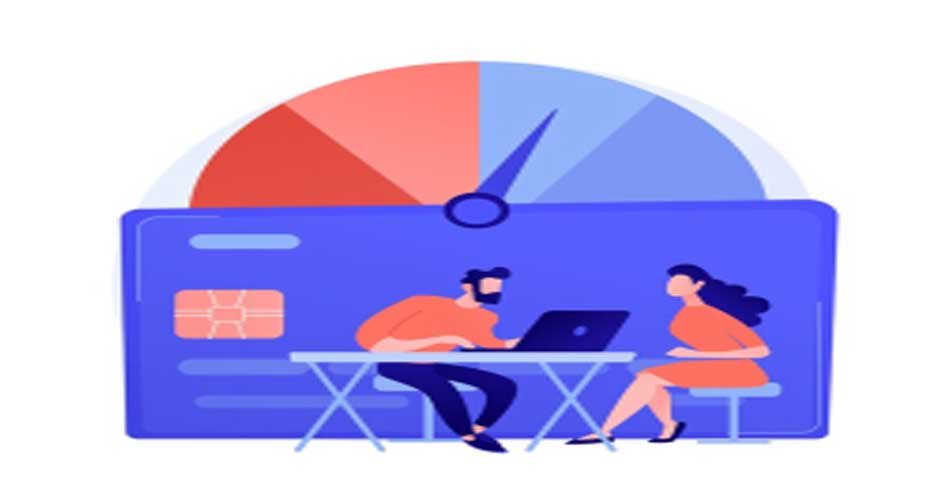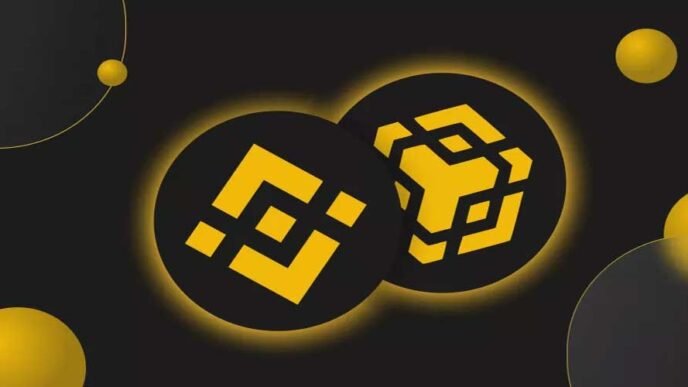As the financial landscape continues to evolve, innovative consumer credit solutions are emerging to meet the demands of modern consumers. These solutions are not only making credit more accessible but also more manageable and tailored to individual needs. In this article, we explore five cutting-edge consumer credit solutions that you need to know in 2024.
1. AI-Powered Credit Scoring
Artificial Intelligence (AI) is transforming various industries, and the credit sector is no exception. AI-powered credit scoring models are providing more accurate and comprehensive assessments of a consumer’s creditworthiness. Traditional credit scoring systems rely heavily on historical data and may not accurately reflect a person’s current financial situation. However, AI-powered models analyze a wider range of data, including social media activity, online behavior, and even utility payments. This broader analysis enables a more precise evaluation of risk and opens up credit opportunities for those who might have been overlooked by conventional methods.
With AI, consumer credit solutions are becoming more dynamic and personalized. These solutions not only improve the accuracy of credit scores but also help lenders make better-informed decisions. As a result, consumers with limited credit histories or non-traditional financial profiles can gain access to credit products that were previously out of reach.
2. Blockchain-Based Credit Platforms
Blockchain technology is revolutionizing many aspects of finance, including consumer credit solutions. Blockchain-based credit platforms offer enhanced security, transparency, and efficiency. Transactions are recorded on a decentralized ledger, making it nearly impossible for data to be altered or tampered with. This level of security is particularly important in protecting sensitive consumer information.
In addition to security, blockchain-based platforms provide greater transparency. Consumers can see exactly how their credit information is used and shared. This transparency fosters trust between lenders and borrowers, as all parties have access to the same information. Moreover, blockchain reduces the need for intermediaries, speeding up the loan approval process and reducing costs. For those interested in the broader implications of blockchain technology, our blog on blockchain applications offers a deeper dive into its potential uses across various sectors.
3. Buy Now, Pay Later (BNPL) Services
Buy Now, Pay Later (BNPL) services have gained significant traction over the past few years and are set to become even more popular in 2024. These services allow consumers to purchase goods and services and pay for them over time, often without interest if payments are made on time. BNPL solutions are particularly attractive to younger consumers who prefer flexibility and convenience over traditional credit cards.
BNPL services are integrated directly into the checkout process, making it seamless for consumers to opt for installment payments. This integration helps businesses increase sales and improve customer satisfaction. Additionally, BNPL providers often conduct soft credit checks that do not affect credit scores, making it easier for consumers to access credit without the fear of harming their credit ratings. For further insights into how digital payments are evolving, check out this latest blog on digital payment trends.
4. Digital Wallets with Credit Capabilities
Digital wallets are becoming more sophisticated, incorporating various financial services, including consumer credit solutions. Leading digital wallets now offer integrated credit options, allowing users to access credit lines directly from their mobile devices. This integration provides unparalleled convenience, as consumers can apply for, manage, and repay credit all within a single app.
These digital wallets often come with user-friendly interfaces and tools to help manage spending and track credit usage. Notifications and reminders ensure that users never miss a payment, reducing the risk of late fees and improving overall financial health. Furthermore, the competitive nature of digital wallet providers means that consumers can benefit from lower interest rates and better terms compared to traditional credit products.
5. Peer-To-Peer (P2P) Lending
Peer-to-peer (P2P) lending platforms are redefining the way consumers access credit. These platforms connect borrowers directly with individual lenders, bypassing traditional financial institutions. This direct connection can lead to more favorable loan terms, as lenders compete to offer the best rates and conditions. P2P lending also provides an opportunity for consumers with unconventional financial backgrounds to obtain credit.
Borrowers can benefit from a more personalized lending experience, while lenders have the chance to earn higher returns compared to traditional savings or investment options. Additionally, P2P platforms often incorporate advanced algorithms to match borrowers with the most suitable lenders, ensuring a higher likelihood of loan approval and satisfaction for both parties.
For those exploring alternative investment opportunities, this in-depth analysis of P2P lending can provide valuable insights into the potential benefits and risks associated with this innovative credit solution.
Conclusion
The world of consumer credit is rapidly evolving, with new technologies and models continually emerging to better serve consumers’ needs. AI-powered credit scoring, blockchain-based platforms, Buy Now, Pay Later services, digital wallets with credit capabilities, and peer-to-peer lending are just a few of the innovative solutions making waves in 2024. These advancements are not only making credit more accessible but also more transparent and tailored to individual financial situations. Staying informed about these trends can help consumers make smarter financial decisions and take full advantage of the opportunities available in today’s dynamic financial landscape.












